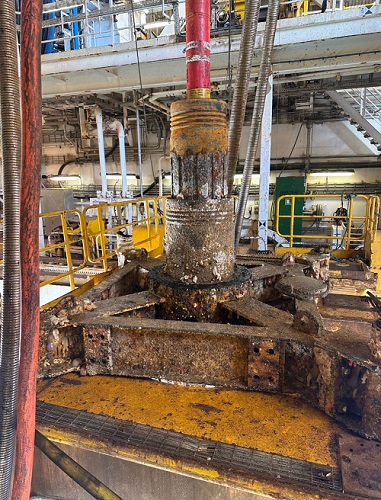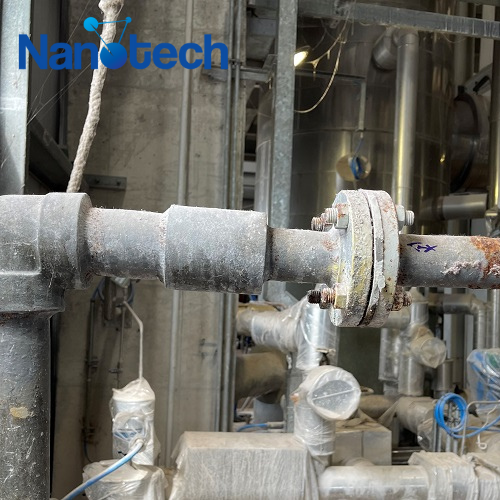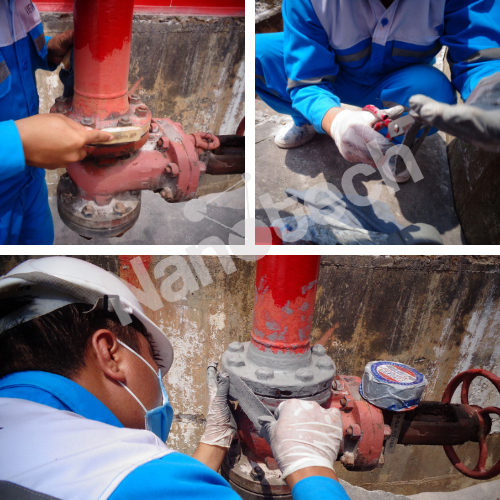Currently, industry plays an important role in the industrialization and modernization of our country. The development of the industry is associated with the innovation and growth of the country. Industry in general as well as the chemical industry in particular. Let’s learn with Nanotech Vietnam about the development of anti-corrosion industry for chemical industry equipment in our country!
The chemical industry is characterized by a complex and continuous production chain, strictly controlled technological conditions, and a very harsh chemical environment. Therefore, the intensification of technological processes to increase production capacity inevitably increases the load and heat in chemical equipment, leading to a permanent increase in requirements for structural materials and increasing Cost of corrosion protection. The cost that proves this is that in industrialized countries, the annual cost of protecting against corrosion of equipment in general accounts for about 5% of the gross national product and this number is constantly increasing every year.
Losses caused by corrosion
Losses caused by corrosion to equipment include direct costs for corrosion protection and losses due to machine shutdowns that cause production interruptions. According to analytical data abroad and through monitoring actual chemical production in our country, it is seen that losses caused by stopping machines to repair equipment are often much higher than the direct costs of maintenance. Anti-corrosion protection for equipment.
Direct costs for corrosion protection of equipment include the costs of selecting appropriate materials to manufacture the equipment, the costs of creating protective coatings, and the costs of using appropriate protection methods. Replace, repair and replace damaged equipment.
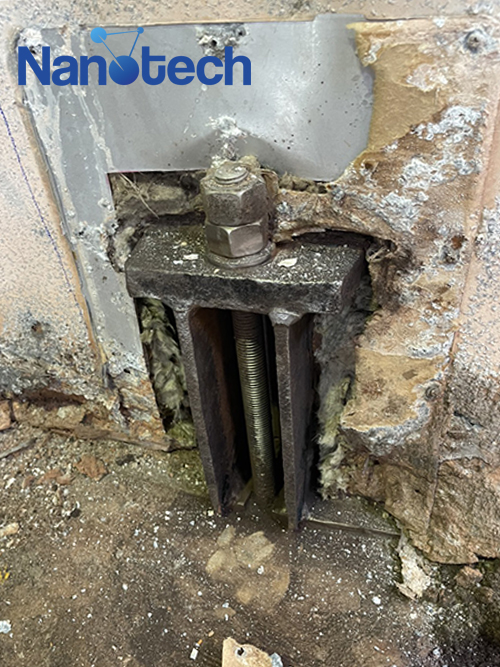
In addition to the losses due to stopping the machine as mentioned above, there are also indirect losses due to the need to increase the capacity of structural materials (reactors, boilers, condensers, heat exchangers, tanks). contains water and active ingredients, other components…), loss due to product leakage, loss of performance, production of harmful impurities…
In chemical plants – according to the latest statistics, costs for corrosion protection account for 70 – 80% of repair and repair service costs during the year. Therefore, people are paying more and more attention to protecting against corrosion of technological equipment.
Anti-corrosion protection techniques include issues such as: anti-corrosion design, selection of anti-corrosion materials, application of methods to slow corrosion by testing and environmental treatment, use of protective films. protection, electrochemical protection and the selection of appropriate anti-corrosion methods at all stages of production.
One of the basic structural materials in the chemical industry is corrosion-resistant high-alloy steel based on chromium-nickel steel. Currently, our country’s chemical industry mainly uses standard steels with symbols 304, 304L, 321, 316, 316L, 904… to manufacture chemical production equipment.
For extremely harsh environments, people have used new types of steel with the trade names Hy Resist and Hy Proof with different grades and are 1.1 – 2.0 times more expensive than 316L steel. time. Although the cost of Hy Resist and Hy Proof alloy steels is higher than that of 316L, their use is more economical. Thanks to improved methods of sustainable equipment processing in toxic environments, it is possible to increase load levels, free from inhibition, and enhance production technology.
However, people cannot use alloy steel widely throughout the entire technology chain because it will reduce economic efficiency. Therefore, choosing appropriate materials for each technological position is very important and requires technologists to be equipped with sufficient knowledge in the field of corrosion protection.
According to US statistics, the cost of anti-corrosion protective coatings for equipment accounts for 1.5 – 2% of the value of chemical equipment. The portfolio of protective coatings is increasingly expanding thanks to the emergence of new adhesive materials based on polymers.
Current anti-corrosion solutions
Practice shows that, under production conditions at chemical and fertilizer factories in our country, due to the toxic environment that emits many substances with high corrosive activity, coating equipment with conventional paint is not possible. Economical because of its very low durability. It is not uncommon for the coating layer to be destroyed after 1 – 2 years. To protect equipment in toxic chemical environments, people need to use anti-corrosion tapes: high corrosion resistance, lifespan up to 10 years, saving costs for users.
In recent times: anti-corrosion with bandages is a trend trusted by many customers because of its convenient features, simple construction, and long life. Applicable to all environments and surfaces, including irregular surfaces. This is also a very suitable material to protect material surfaces such as pipes, valves, flanges, joints, joints… And this product is also a new material development direction with application It is very effective in protecting equipment against corrosion, so it is widely used in the chemical industry.
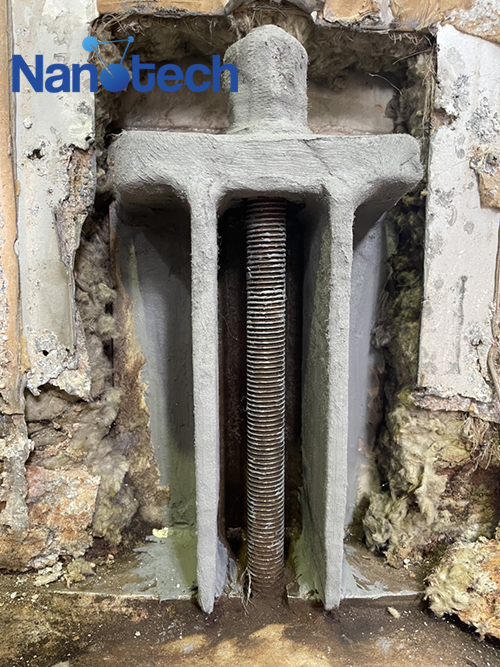
It is necessary to compare the effectiveness of different protection systems and the economics of anti-corrosion measures at chemical industry plants. It is necessary to create anti-corrosion charts for metal parts type. The chart will contain information: shape, size, protection area, type of structural material, type of anti-corrosion protection, materials used, process technology, thickness, price of the coating and their durability by evaluating the state of the coating. If this information is complete, it will be very useful for professionals and managers.
In metal anti-corrosion engineering, the scope of use of electrochemical methods is relatively limited. However, if applied in the right place and in the right way, their effectiveness is very good. An example is the application of the method of slowing down the corrosion of the CO2 gas purification equipment system (with an amine – alkaline solution) using the inhibitor NaVO3, which has shown very good results at the Ha Bac fertilizer factory. However, it is still possible to find places where this method can be applied because of its higher efficiency and economy. Particularly suitable are closed, cyclic processes.
In conclusion, the chemical industry plays an important role in the development of our country, and corrosion protection is an important aspect in maintaining performance and safety during the production process. Research, development, and application of progressive corrosion protection measures are necessary to ensure the sustainable development of this industry.
References:
NANOTECH VIETNAM JOINT STOCK COMPANY
Address: No. 1747 Vo Nguyen Giap, Ward 12, Vung Tau City, Ba Ria – Vung Tau Province, Vietnam
Phone: 0254.3515.786 – 0778.828.879
Email: info@nanotechvietnam.com

